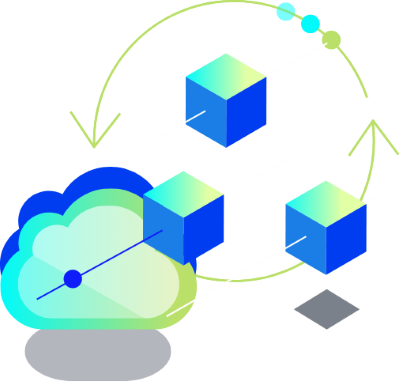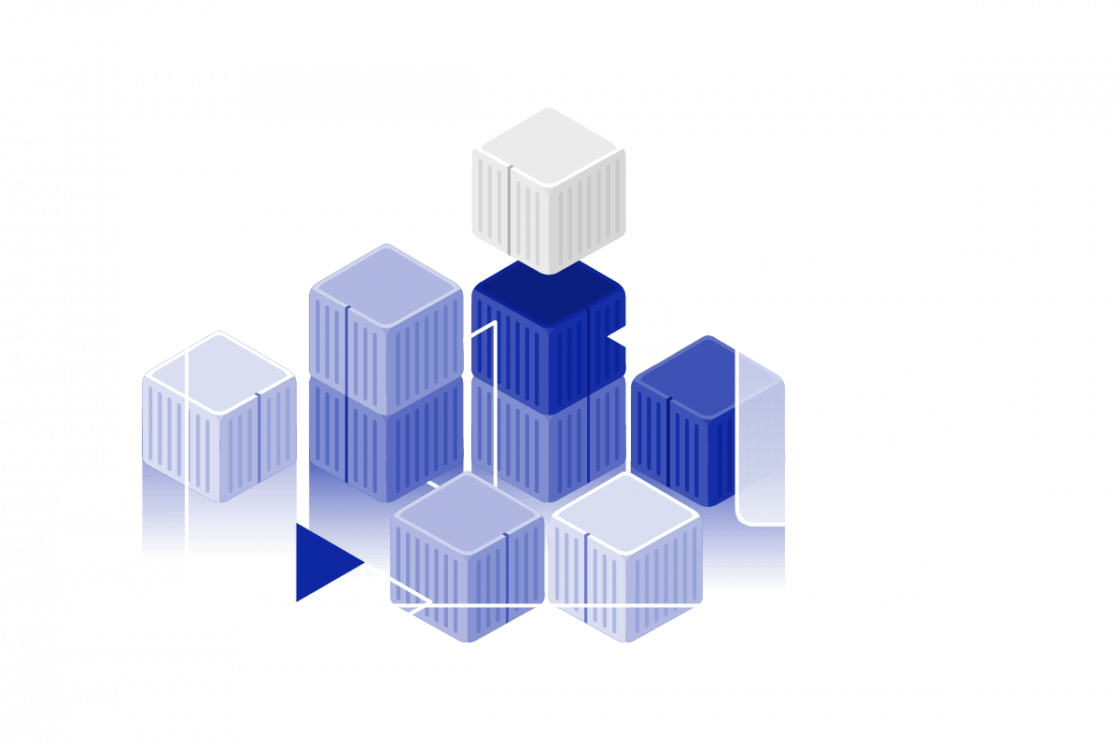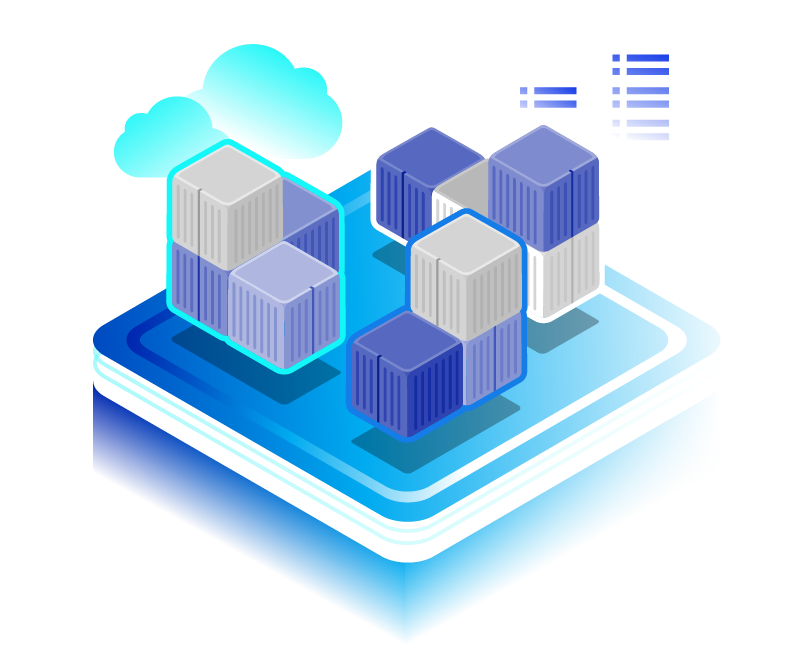Adopting a microservices architecture to boost agility
Adopting a microservices architecture to boost agility
Having good ideas is not enough to stand out – you still need to be able to implement them quickly. A microservices architecture is a fundamental step in the move to a cloud-native development approach that lets you deliver value more quickly, increasing the flexibility of your IT system and simplifying its scaling. This approach also improves your application’s resilience and makes it easier to maintain and update via a CI/CD process, and ultimately increases its lifespan.

A modular architecture
A monolithic architecture can still make sense for building your MVP. But the close connections of different parts of the system can quickly raise issues such as complex updates and scalability, low fault tolerance, and dependence on a technological stack.
The microservices approach is based on a modular software architecture, broken down into independent, autonomous and isolated microservices that interact with each other via APIs to perform complex functions. This makes it easier to quickly deliver new features into a small, self-contained component and reuse them. What’s more, microservices promote technological diversity: the developer can choose the right technology depending on the problem that needs to be solved. And your projects are also easier to transfer from one environment/provider to another.

Why adopt a microservices architecture?

Agility and innovation
With microservices, your development teams can work on several parts of an application simultaneously, while using reusable software building blocks along with on-demand cloud resources. These resources are increasingly varied, and include managed databases, computing instances, object-mode storage and even pre-trained, ready-to-use AI functions (character recognition, speech to text, computer vision, and so on). Finally, the microservices architecture is a necessary step to upgrading to a serverless model at a later stage.

Resilience
Each component of a microservices architecture is autonomous, resulting in a fault isolation principle. This means that when one of its components fails, it doesn’t make the entire application unavailable. The impact is localised, and the diagnosis is easier. In short, the adoption of microservices encourages architects to think of applications that are “designed for failure”. This robustness is supported by orchestrators such as Kubernetes, with its self-healing mechanism (if a component fails, it is rebooted).

Maintenance made easy
A microservices architecture also allows you to set up a rolling update, to carry out continuous updates without service interruptions (the containers are then updated successively). It’s easy to perform a rollback if a problem arises. And bug fixes can be deployed for a specific service without affecting any others.

The advantages of micro-services for setting up CI/CD
A microservices approach integrates seamlessly with the CI/CD (Continuous Integration/Continuous Deployment) philosophy. Hectic production rollouts, or tunnelling with the release of a new feature, are a thing of the past. Configure CI/CD pipelines for each service to perform frequent updates and automate the deployment process.
Containerisation makes it easy to replicate your production environment for testing and ensuring code quality, as well as the ability to rollback if issues arise.
In short, with a microservices approach, your developers are more efficient and ready to respond to user needs – and probably happier, too!
Which OVHcloud services can host your microservices?
When adopting microservices, the number of components can quickly increase its complexity, so containerisation and automation using an orchestrator is essential. But that’s not all: by implementing a microservices architecture, you can more easily delegate certain services to your cloud provider, who will be responsible for their availability, performance, and scaling.

Database as a service
Clustering databases is a tricky problem, so leave it to us – most database technologies are now offered as a service, and are 100% managed. You can switch in just a few minutes: simply import your database into its new environment, test it, and decommission the old database.

Object Storage
You can then effectively tackle the problem of content storage by opting for OVHcloud Object Storage. Not only do you outsource the problem of content availability with this, but you also reduce the load on your web servers. Content requests (images, videos, sounds, etc.) are no longer your concern.

Managed Kubernetes
Kubernetes is the market-leading orchestrator, which makes it easy to deploy and manage your Docker container groups, while managing self-healing (if a component fails, it is restarted) and auto scaling (automatic load balancing and scaling). It’s an indispensable tool, but not the easiest to manage. Delegate the administration of your Kubernetes cluster to your cloud provider: Service Managed Kubernetes ® is powered by OVHcloud Public Cloud instances. What's more, this service is free – you only pay for the on-demand instances and storage that you use within your Kubernetes cluster.
Ready to get started?
Create an account and launch your services in minutes